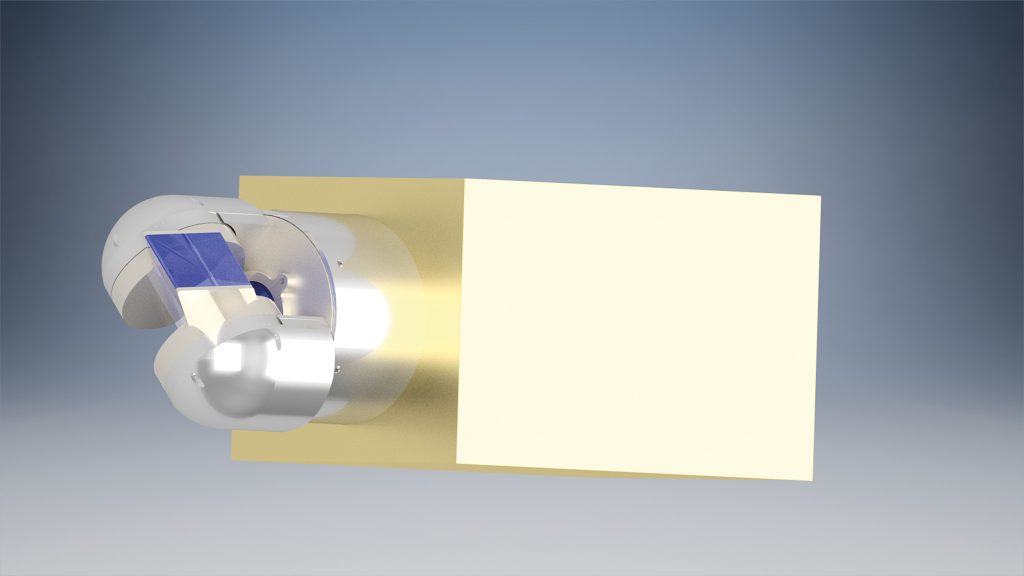Optical Space Infrared Downlink System
The resolution of the cameras and other sensors on Earth observation satellites is steadily increasing. This leads to ever-larger amounts of data that are currently transmitted to Earth via radio systems, which achieve data rates of up to approximately one Gbps. The data link between a satellite and Earth often represents a bottleneck when it comes to increasing the amount of data acquired by satellites.
Optical communications systems are the only way to signifcantly increase data rates. They are also smaller, lighter and require less power than comparable radio systems. The optical communications system on DLR’s BIROS satellite weighs just 1.64 kilograms and already enables a data rate of one Gbps. Together with its partner, Tesat-Spacecom, DLR is also developing an optical data transmission system that, with a weight of just 300 grams, is even suitable for CubeSats.
The DLR Institute of Communications and Navigation conducts research in various areas of optical data transmission for satellite applications. The aim is to be able to use this pioneering technology in a reliable and cost-effective manner. According to the current plan, DLR will develop, certify and launch six OSIRIS models by 2019.
The third OSIRIS generation, OSIRISv3 for short, is currently under development and will be installed in 2019 on the Bartolomeo platform being developed by Airbus. Bartolomeo is an external payload platform that will be installed on the Columbus module of the International Space Station (ISS). OSIRISv3 will enable data rates of 10 Gbps between the ISS and Earth and will be the basis for conducting extensive measurements to characterise atmospheric influences on the transmission path. The scientifc measurement data will be used to optimise the transmission methods employed and ensure stable data transmission.
German Aerospace Center (DLR)
Christian Fuchs · E-Mail: christian.fuchs@dlr.de · DLR.de/en
